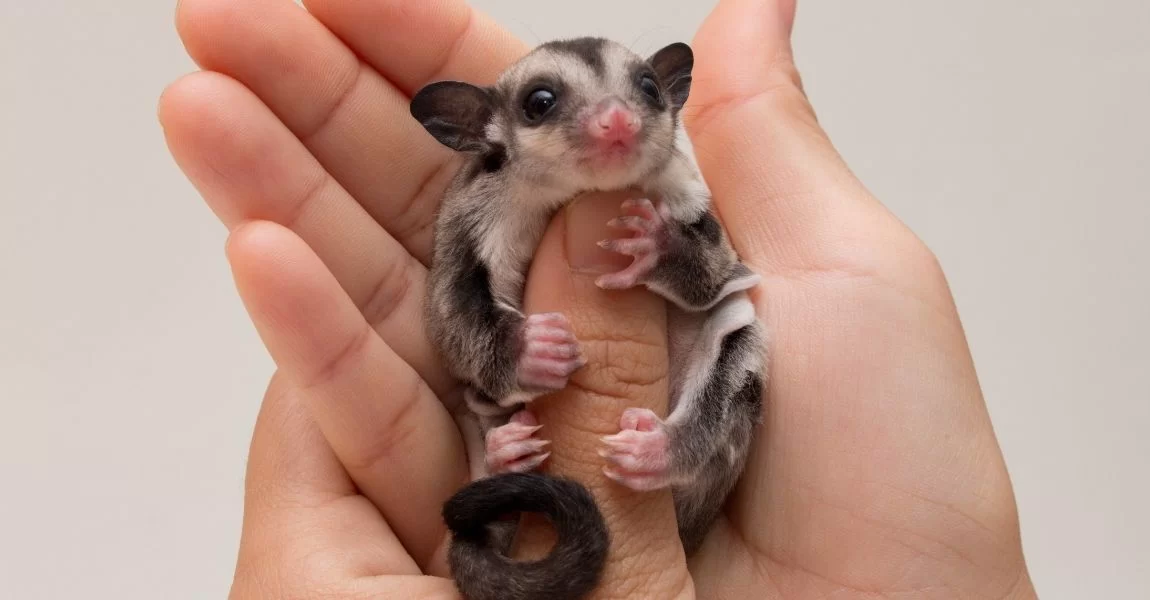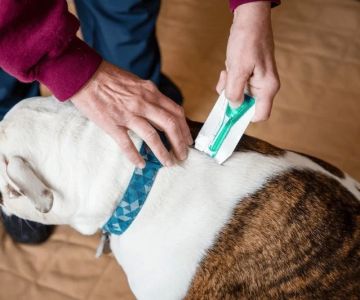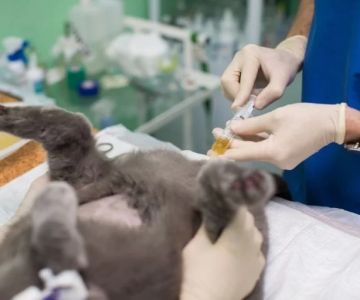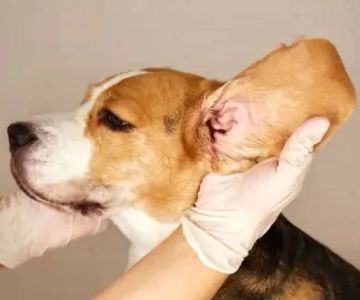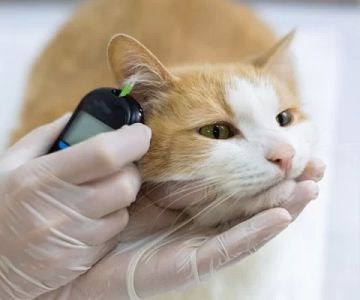Pet Care for Sugar Gliders: The Essential Guide to Keeping Your Sugar Glider Happy and Healthy
- 1. Understanding Sugar Gliders
- 2. Creating the Perfect Sugar Glider Habitat
- 3. Feeding Your Sugar Glider: A Balanced Diet
- 4. Health Care Tips for Your Sugar Glider
- 5. Enriching Your Sugar Glider’s Life with Play and Socialization
1. Understanding Sugar Gliders
Sugar gliders are small, nocturnal marsupials that hail from Australia, New Guinea, and Indonesia. They are incredibly social and intelligent creatures that require careful care and attention to thrive as pets. These unique pets have become increasingly popular due to their playful nature and their ability to bond with humans and other gliders.
In the wild, sugar gliders live in large colonies and spend their nights gliding from tree to tree. They need ample social interaction, both with their owners and other gliders, to remain healthy and emotionally fulfilled. Understanding their social and physical needs is the key to providing proper pet care for sugar gliders.
2. Creating the Perfect Sugar Glider Habitat
Setting up a comfortable and stimulating environment for your sugar glider is one of the most important aspects of their care. Here’s how to create a habitat where your pet will thrive:
- Space: Sugar gliders need a large cage with plenty of space for climbing, gliding, and exploring. A cage with multiple levels and horizontal space is ideal for them to move around freely. Make sure the cage has secure bars to prevent escapes, as sugar gliders are expert climbers.
- Climbing and Gliding Opportunities: Sugar gliders love to climb, so adding branches, ropes, and hammocks to their cage will mimic their natural environment. You can also provide toys such as ladders or tunnels to keep them entertained.
- Temperature and Humidity: Sugar gliders thrive in a warm environment with a temperature range of 70-90°F (21-32°C). Make sure the cage is placed in a draft-free area with proper ventilation. Consider using a humidity gauge to maintain the right humidity levels for their comfort.
In addition to the physical setup, don’t forget about your sugar glider’s emotional well-being. They thrive in pairs or small groups, so if possible, consider adopting a second glider to keep your pet company.
3. Feeding Your Sugar Glider: A Balanced Diet
Diet plays a crucial role in your sugar glider’s overall health. They are omnivores and require a variety of foods to meet their nutritional needs. A well-rounded diet will help keep your pet active, healthy, and happy. Here’s what you need to know about feeding your sugar glider:
- Fruits and Vegetables: Sugar gliders love fresh fruits and vegetables, but it's important to offer a variety to ensure they get the nutrients they need. Some favorites include apples, grapes, carrots, and sweet potatoes. Be sure to remove any seeds or pits that could be harmful to them.
- Protein: Sugar gliders also need protein, which can be provided through cooked chicken, eggs, or even mealworms. A protein-rich diet helps support their active lifestyles.
- Pellets and Nectar: Specialized sugar glider pellets and nectar can supplement their diet, but they should not be the main food source. Always ensure that the pellets are formulated specifically for sugar gliders, as other pet foods may not meet their nutritional needs.
Ensure that your sugar glider has access to fresh water at all times, and avoid sugary drinks or milk, as these can upset their stomach. It's best to offer water in a sipper bottle or shallow dish to prevent spills.
4. Health Care Tips for Your Sugar Glider
Maintaining your sugar glider’s health requires regular checkups, a clean living environment, and awareness of any signs of illness. Here’s what you should keep in mind:
- Regular Vet Checkups: Like any pet, sugar gliders should have regular veterinary checkups to ensure they’re in good health. Look for a vet who has experience with exotic pets and sugar gliders in particular.
- Hygiene: Clean their cage regularly to prevent any build-up of waste or bacteria that could cause infections. Sugar gliders are clean animals but will need your help to maintain a healthy environment.
- Signs of Illness: Keep an eye out for changes in your sugar glider’s behavior, such as lethargy, loss of appetite, or abnormal stool. If you notice any of these signs, it’s important to consult with a veterinarian immediately.
By maintaining a clean environment and providing a balanced diet, you can prevent many common health issues that sugar gliders face. Early detection and care are key to keeping your pet healthy.
5. Enriching Your Sugar Glider’s Life with Play and Socialization
Sugar gliders are incredibly social and curious animals, and they require plenty of mental and physical stimulation to stay happy. Here are some ways to enrich your sugar glider’s life:
- Interactive Play: Sugar gliders love to explore, so provide opportunities for them to play outside of their cage. You can create a safe play area using tunnels, soft bedding, and toys to encourage exploration.
- Socialization: Sugar gliders thrive in pairs or groups. If you have only one glider, make sure to spend time interacting with them daily. Playtime, gentle handling, and bonding activities help build a strong connection with your pet.
- Rotate Toys: Keep your sugar glider’s environment interesting by rotating toys regularly. Puzzle toys, hanging ropes, and exercise wheels are great ways to keep your glider physically active and mentally stimulated.
Remember, a happy sugar glider is an active sugar glider, so ensure they have a variety of ways to engage with their environment and with you.

